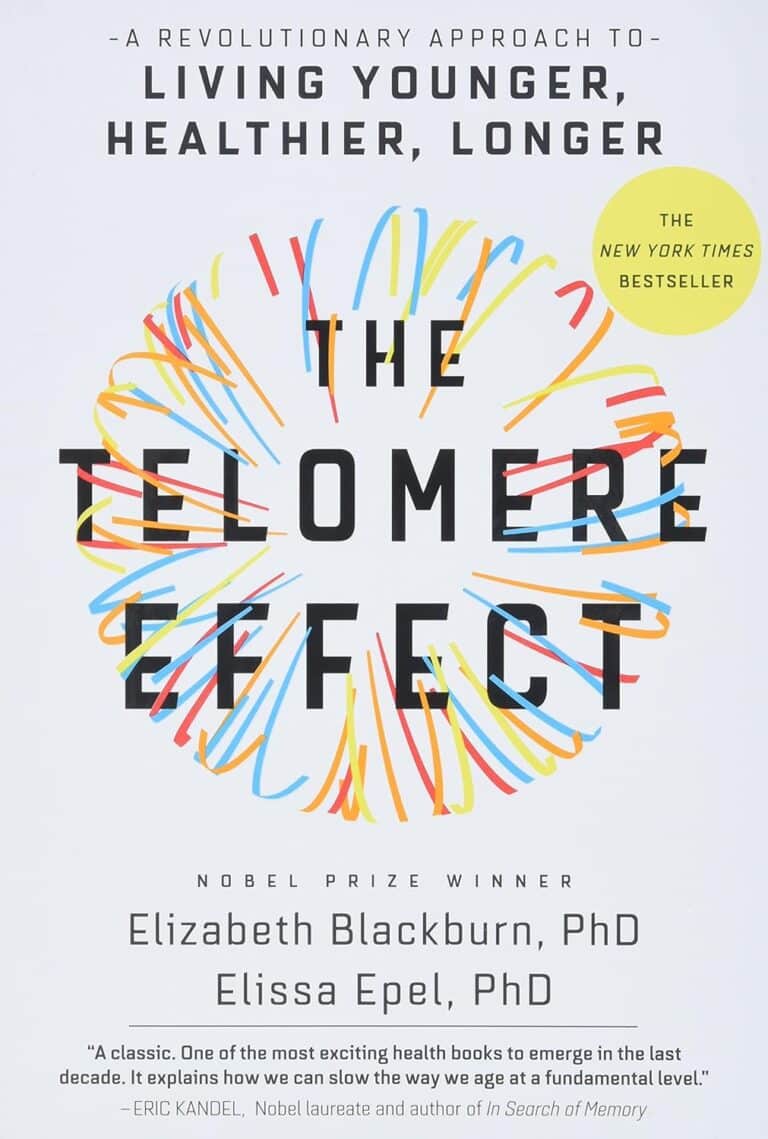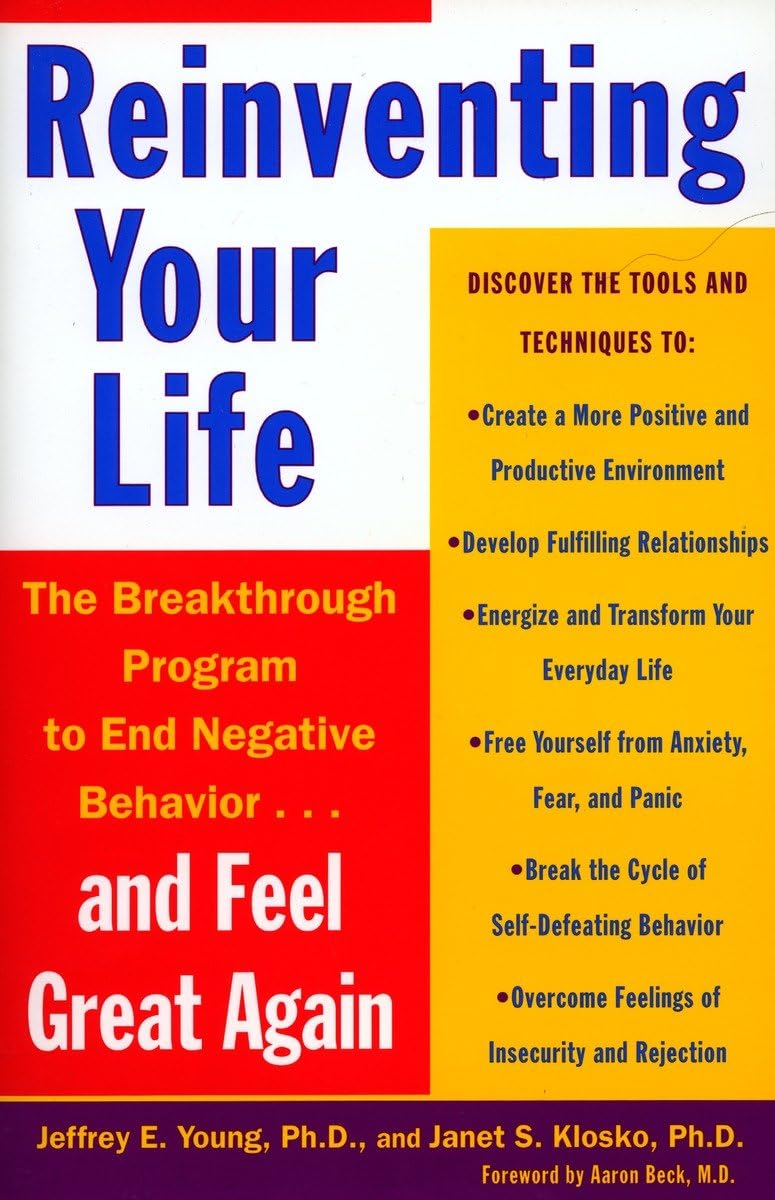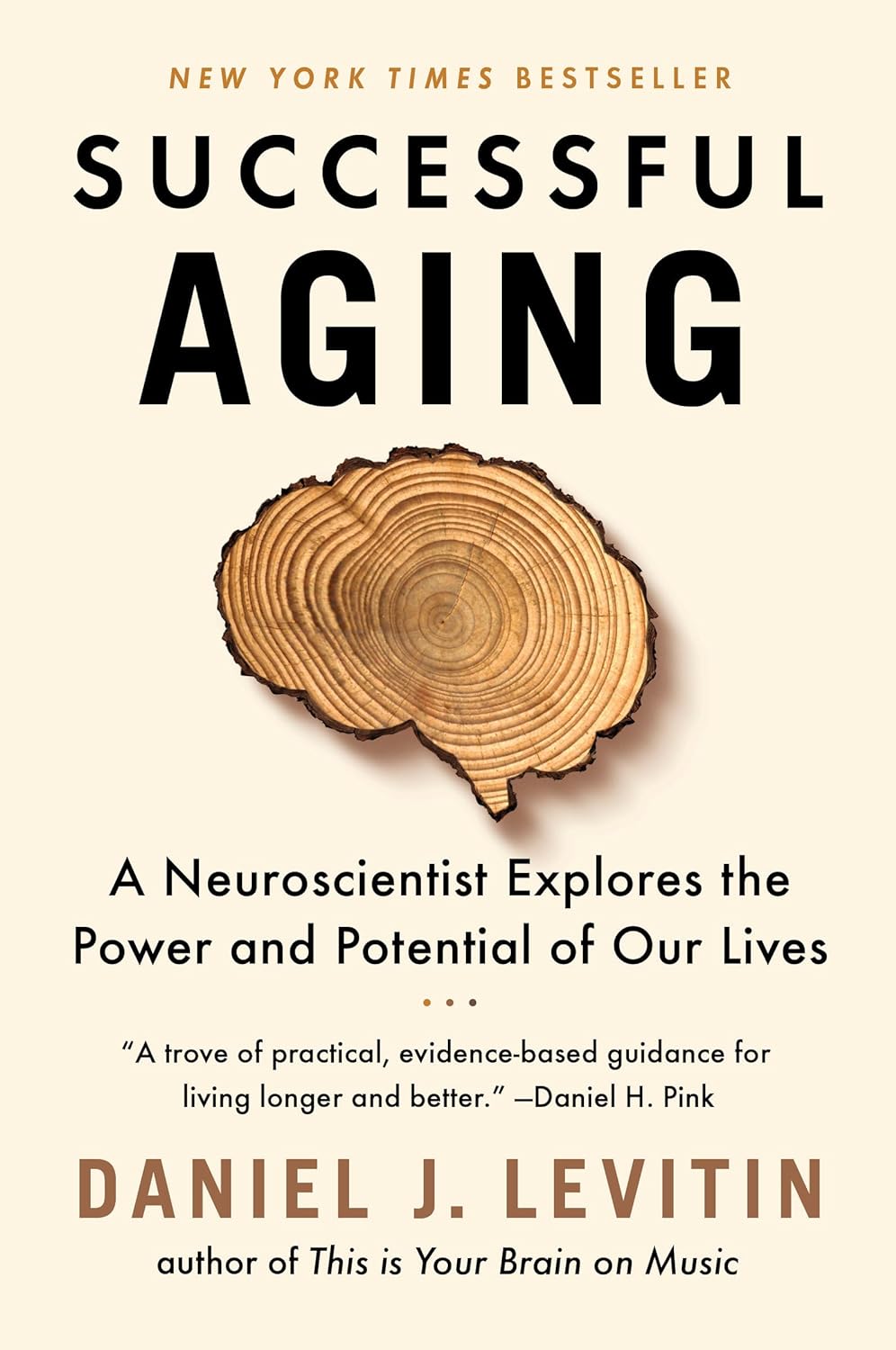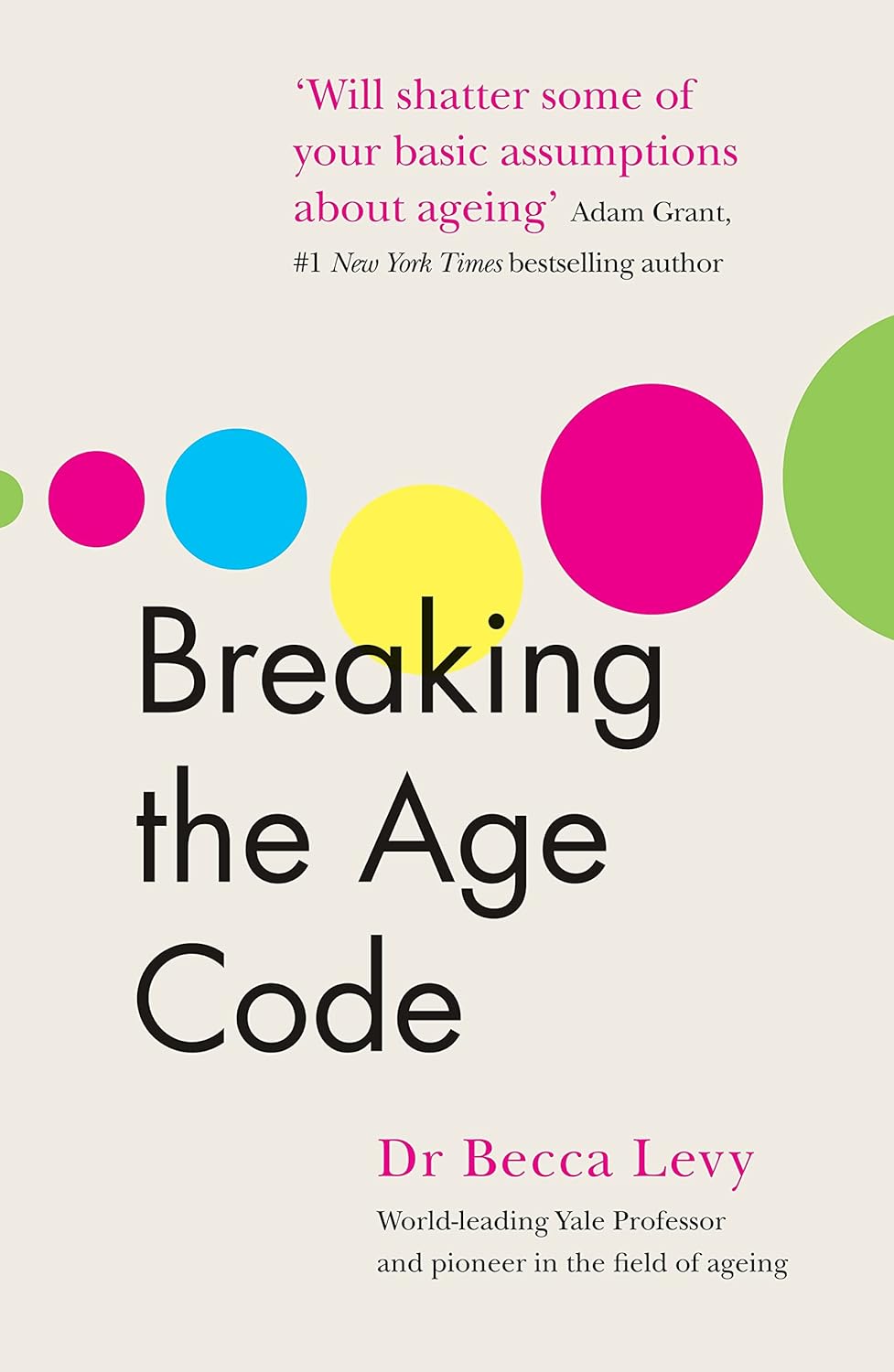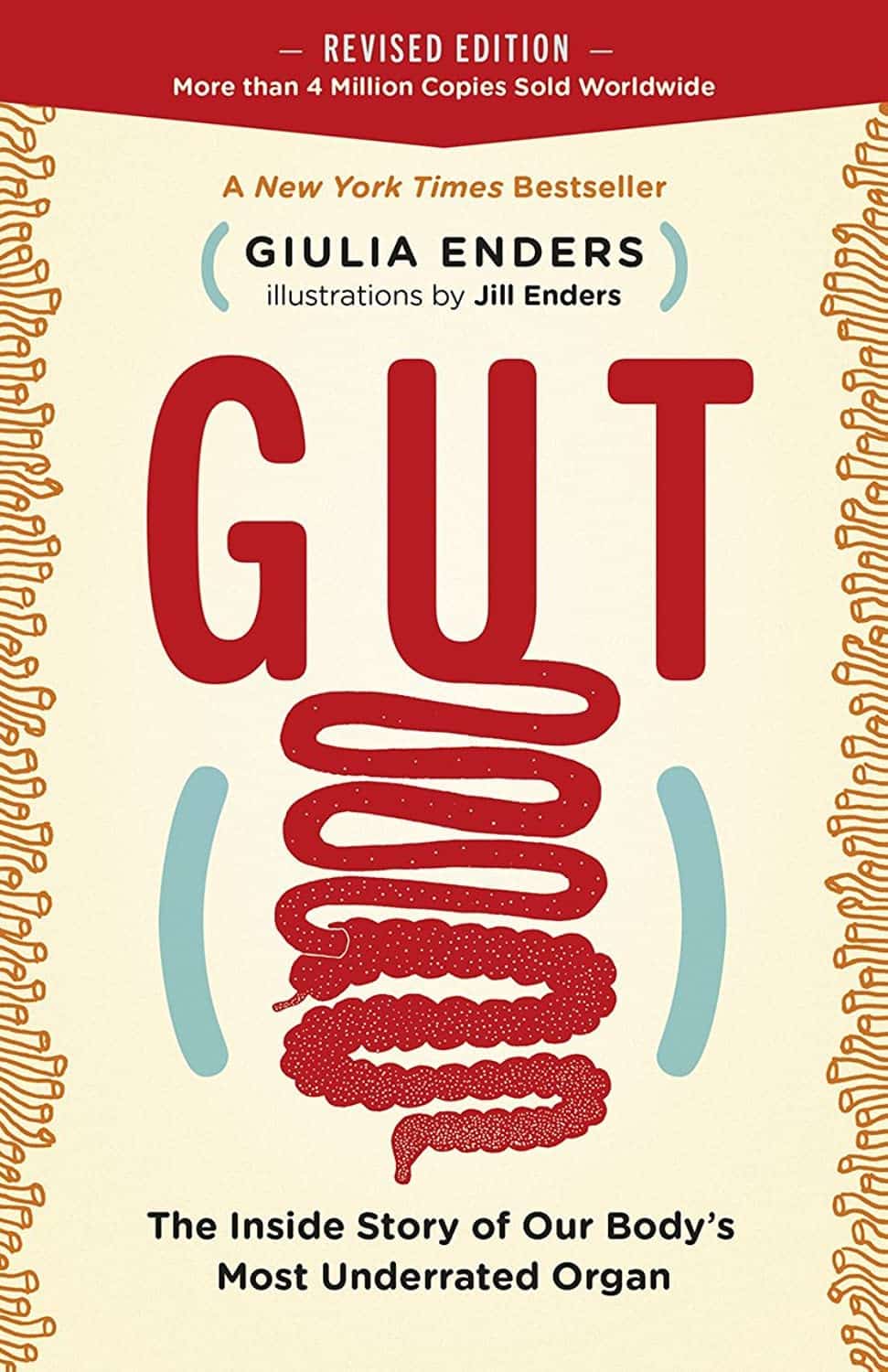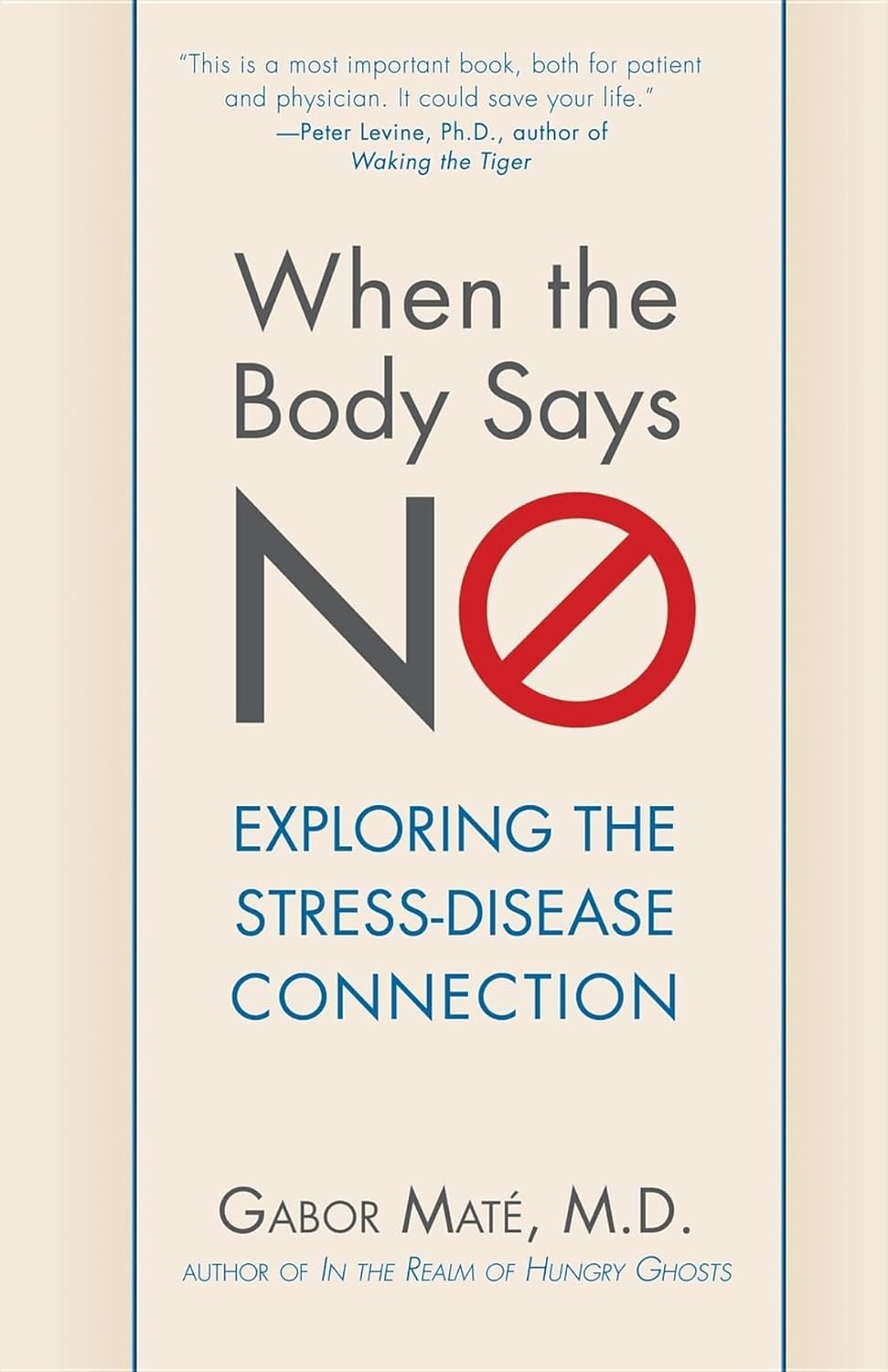
When the Body Says No – by Dr. Gabor Maté
10almonds is reader-supported. We may, at no cost to you, receive a portion of sales if you purchase a product through a link in this article.
We know that chronic stress is bad for us because of what it does to our cortisol levels, so what is the rest of this book about?
Dr. Gabor Maté is a medical doctor, heavily specialized in the impact of psychological trauma on long term physical health.
Here, he examies—as the subtitle promises—the connection between stress and disease. As it turns out, it’s not that simple.
We learn not just about the impact that stress has on our immune system (including increasing the risk of autoimmune disorders like rheumatoid arthritis), the cardiovascular system, and various other critical systems fo the body… But also:
- how environmental factors and destructive coping styles contribute to the onset of disease, and
- how traumatic events can warp people’s physical perception of pain
- how certain illnesses are associated with particular personality types.
This latter is not “astrology for doctors”, by the way. It has more to do with what coping strategies people are likely to employ, and thus what diseases become more likely to take hold.
The book has practical advice too, and it’s not just “reduce your stress”. Ideally, of course, indeed reduce your stress. But that’s a) obvious b) not always possible. Rather, Dr. Maté explains which coping strategies result in the least prevalence of disease.
In terms of writing style, the book is very much easy-reading, but be warned that (ironically) this isn’t exactly a feel-good book. There are lot of tragic stories in it. But, even those are very much well-worth reading.
Bottom line: if you (and/or a loved one) are suffering from stress, this book will give you the knowledge and understanding to minimize the harm that it will otherwise do.
Click here to check out When The Body Says No, and take good care of yourself; you’re important!
Don’t Forget…
Did you arrive here from our newsletter? Don’t forget to return to the email to continue learning!
Recommended
Learn to Age Gracefully
Join the 98k+ American women taking control of their health & aging with our 100% free (and fun!) daily emails:
-
In the Realm of Hungry Ghosts – by Dr. Gabor Maté
10almonds is reader-supported. We may, at no cost to you, receive a portion of sales if you purchase a product through a link in this article.
We’ve reviewed books by Dr. Maté before, and this one’s about addiction. We’ve reviewed books about addiction before too, so what makes this one different?
Wow, is this one so different. Most books about addiction are about “beating” it. Stop drinking, quit sugar, etc. And, that’s all well and good. It is definitely good to do those things. But this one’s about understanding it, deeply. Because, as Dr. Maté makes very clear, “there, but for the grace of epigenetics and environmental factors, go we”.
Indeed, most of us will have addictions; they’re (happily) just not too problematic for most of us, being either substances that are not too harmful (e.g. coffee), or behavioral addictions that aren’t terribly impacting our lives (e.g. Dr. Maté’s compulsion to keep buying more classical music, which he then tries to hide from his wife).
The book does also cover a lot of much more serious addictions, the kind that have ruined lives, and the kind that definitely didn’t need to, if people had been given the right kind of help—instead of, all too often, they got the opposite.
Perhaps the greatest value of this book is that; understanding what creates addiction in the first place, what maintains it, and what help people actually need.
Bottom line: if you’d like more insight into the human aspect of addiction without getting remotely wishy-washy, this book is probably the best one out there.
Share This Post
-
Passion Fruit vs Blueberries – Which is Healthier?
10almonds is reader-supported. We may, at no cost to you, receive a portion of sales if you purchase a product through a link in this article.
Our Verdict
When comparing passion fruit to blueberries, we picked the passion fruit.
Why?
It wasn’t close!
In terms of macros, the passion fruit has 3x the protein, 1.5x the carbs, and more than 4x the fiber. An easy win for passion fruit!
In the category of vitamins, passion fruit has more of vitamins A, B2, B3, B5, B6, B7, B9, C, and choline, while blueberries have more of vitamins B1, E, and K. So, blueberries are not without their merits, but all in all, another win for passion fruit here.
When it comes to minerals, passion fruit has more calcium, copper, iron, magnesium, manganese, phosphorus, potassium, and selenium, while blueberries have slightly more zinc.
Looking at polyphenols, this is one category where blueberry wins, and by a fair margin. We think that’s a great reason to enjoy blueberries, but not enough to reverse the win for passion fruit based on all the other categories!
Want to learn more?
You might like to read:
What’s Your Plant Diversity Score?
Enjoy!
Share This Post
-
Reinventing Your Life – by Dr. Jeffrey Young & Dr. Janet Klosko
10almonds is reader-supported. We may, at no cost to you, receive a portion of sales if you purchase a product through a link in this article.
This book is quite unlike any other broadly-CBT-focused books we’ve reviewed before. How so, you may wonder?
Rather than focusing on automatic negative thoughts and cognitive distortions with a small-lens focus on an immediate problem, this one zooms out rather and tackles the cause rather than the symptom.
The authors outline eleven “lifetraps” that we can get stuck in:
- Abandonment
- Mistrust & abuse
- Vulnerability
- Dependence
- Emptional deprivation
- Social exclusion
- Defectiveness
- Failure
- Subjugation
- Unrelenting standards
- Entitlement
They then borrow from other areas of psychology, to examine where these things came from, and how they can be addressed, such that we can escape from them.
The style of the book is very reader-friendly pop-psychology, with illustrative (and perhaps apocryphal, but no less useful for it if so) case studies.
The authors then go on to give step-by-step instructions for dealing with each of the 11 lifetraps, per 6 unmet needs we probably had that got us into them, and per 3 likely ways we tried to cope with this using maladaptive coping mechanisms that got us into the lifetrap(s) we ended up in.
Bottom line: if you feel there’s something in your life that’s difficult to escape from (we cannot outrun ourselves, after all, and bring our problems with us), this book could well contain the key that you need to get out of that cycle.
Click here to check out “Reinventing Your Life” and break free from any lifetrap(s) of your own!
Share This Post
Related Posts
-
Successful Aging – by Dr. Daniel Levitin
10almonds is reader-supported. We may, at no cost to you, receive a portion of sales if you purchase a product through a link in this article.
We all know about age-related cognitive decline. What if there’s a flipside, though?
Neuroscientist Dr. Daniel Levitin explores the changes that the brain undergoes with age, and notes that it’s not all downhill.
From cumulative improvements in the hippocampi to a dialling-down of the (often overfunctioning) amygdalae, there are benefits too.
The book examines the things that shape our brains from childhood into our eighties and beyond. Many milestones may be behind us, but neuroplasticity means there’s always time for rewiring. Yes, it also covers the “how”.
We learn also about the neurogenesis promoted by such simple acts as taking a different route and/or going somewhere new, and what other things improve the brain’s healthspan.
The writing style is very accessible “pop-science”, and is focused on being of practical use to the reader.
Bottom line: if you want to get the most out of your aging wizening brain, this book is a great how-to manual.
Click here to check out Successful Aging and level up your later years!
Don’t Forget…
Did you arrive here from our newsletter? Don’t forget to return to the email to continue learning!
Learn to Age Gracefully
Join the 98k+ American women taking control of their health & aging with our 100% free (and fun!) daily emails:
-
Breaking The Age Code – by Dr. Becca Levy
10almonds is reader-supported. We may, at no cost to you, receive a portion of sales if you purchase a product through a link in this article.
The author, a social psychologist, sets out to not only bust ageist expectations, but also boost life expectancy by 7.5 years.
How? By examining the extent to which how we think about our age affects our actual aging. Lest this sound wishy-washy, there are 52 pages of scientific references at the back.
We’ve written about this before at 10almonds, for example about the famous “Counterclockwise” study that saw reversals in biological markers of aging after a one-week intervention that consisted only of a (albeit rather intensive) mental reframe with regard to their age.
This book goes into such ideas much more than we can in a single article here, and in more ways, both on the personal level and the societal level.
The style is (despite its heavy leanings on hundreds of scientific studies) quite conversational in tone, with many personal anecdotes padding the pages a little, but it does get the message across and helps to illustrate things.
Bottom line: if you’d like a fresh take on aging, to make a big difference to yours, this book tackles that.
Click here to check out Breaking The Age Code, and break the age code!
Don’t Forget…
Did you arrive here from our newsletter? Don’t forget to return to the email to continue learning!
Learn to Age Gracefully
Join the 98k+ American women taking control of their health & aging with our 100% free (and fun!) daily emails:
-
Gut – by Dr. Giulia Enders
10almonds is reader-supported. We may, at no cost to you, receive a portion of sales if you purchase a product through a link in this article.
On account of being an organ (or rather, a system of organs) whose functions are almost entirely autonomic, most of us don’t think about our gut much. We usually know there’s acid in the stomach, and we usually know there are “good and bad” gut bacteria. But what of the rest of what goes on?
For anyone who has a hazy half-remembered knowledge from school, this will serve as not only a reminder, but a distinct upgrade in knowledge.
Dr. Giuliua Enders talks us through not just the processes of what goes on, but, as a medical doctor, also many instances of what can go wrong, for example:
- Why do some people’s bodies mistake nuts for a deadly threat (and consequently, accidentally elevate them to the status of actually becoming a deadly threat)?
- Why are some people lactose-intolerant, and why do food intolerances often pop up later with age?
- Why do constipation and diarrhoea happen?
- Why is it that stress can cause stomach ulcers?
The style of writing is light and easy-reading, and the illustrations are clear too. This is a very accessible book that doesn’t assume prior knowledge, and also doesn’t skimp on the scientific explanations—there’s no dumbing down here.
Bottom line: knowing what goes on in our gut as akin to knowing what goes on under the hood of a car. A lot of the time we don’t need to know, but knowing can make a big difference from time to time, and that’s when you’ll wish you’d learned!
Don’t Forget…
Did you arrive here from our newsletter? Don’t forget to return to the email to continue learning!
Learn to Age Gracefully
Join the 98k+ American women taking control of their health & aging with our 100% free (and fun!) daily emails:

